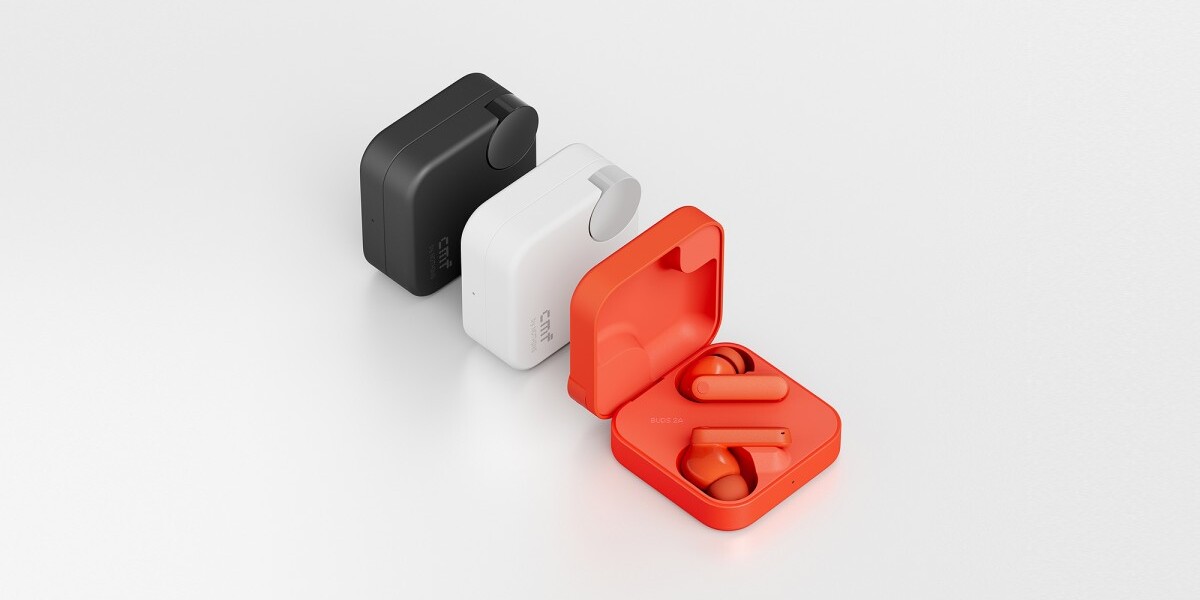The recent flyby of the Juno probe by Europa led to an interesting observation: signs of movement have been identified beneath the icy surface of Jupiter's moon.
However, the Earth is moving, and something is under Europa's ice. This motion was inferred from data from NASA's Juno spacecraft, and if real, it could be coming from a subsurface ocean. The soon-to-be-awaited Europa Clipper mission could confirm or even deny all of this – since the purpose of this mission is precisely to map this fascinating celestial body more precisely. About the news IFLScience reported.
the EuropeThe fourth largest moon of Jupiter, it was discovered in 1610 by Galileo Galilei. It was named after the Phoenician princess Europa. Europa is larger than Pluto and Eris and resembles Mercury, being a rocky moon with few craters and soft ice on its surface. It orbits Jupiter at an average distance of 670,900 km. Although the surface temperature reaches -160°C at most, it is believed that there is a water ocean 90 km deep beneath the ice crust.
Europe's average diameter is 3,121.6 km, and its density is 3,014 g/cm3. Its structure is similar to that of the terrestrial planets, and it consists mainly of silicate-based rocks. Its outer layer consists of water ice (10-15 km2) and liquid water (90 km2), and its inner core consists of iron. Its surface has an albedo of 0.64, meaning it reflects 64% of sunlight, making it one of the brightest moons in the solar system. The surface of Europa is surprisingly flat, although it is divided by canyons, they are not particularly deep. Only a few surface structures higher than a few hundred meters have been found.
Juno's close flyby on September 29, 2022 provided the first detailed images of this celestial body since the Galileo mission visited it in 2000. These observations also revealed several important surface features, which indicate dynamic processes that are still active. Europa's smooth, ice-covered surface shows steep depressions and crack patterns in images, which may be signs of “true polar drift” — a phenomenon that occurs when the icy crust rotates independently of its rocky interior, the underlying ocean currents being the cause. For internal heating caused by Jupiter's gravitational forces.
According to Dr. Candy Hansen of the Planetary Science Institute, true polar migration creates predictable cracking patterns due to stress on the ice crust. This idea is also supported by Juno's detection of such patterns in the southern hemisphere of Europe, indicating the widespread influence of polar migration on the lunar geology.
However, based on Juno data, there are question marks behind many of the surface samples. For example, there are a few impact and crater marks on Europa's surface, one of which is Gwerne Crater. However, it has now been revealed that the Gwern Crater is actually composed of intersecting ridges (longitudinal ridges) that create an optical illusion. In other words, what was previously interpreted as a crater in the photographs actually looked like a crater due to the shadow and arrangement of the hills.
In addition, a formation was recently identified, which they called the platypus, that is, the platypus, because of the similarity – by the way, it can be seen in the photo accompanying the article, so it's up to you to decide how similar it is to the platypus. A platypus, rather than, say, a yeti print. In both cases, the platypus consists of ridges that collapse to form a central depression. This phenomenon is probably due to the fact that canisters filled with salt water penetrated the ice shield and partially melted it there. These packages can cause the ice to melt beneath the ice surface, which may cause the ridges in the central depression to collapse.
However, the most exciting new discovery is the dark spots identified on the surface, which may be caused by cryovolcanic activity. If confirmed, future missions like Europa Clipper could use them to sample the subsurface ocean by flying through these plumes and collecting ice grains. This would be a huge relief for the organization of the mission, because in order to study the ocean, it would not even be necessary to land, let alone drill through the ice shield.
(Image: A surface formation called a platypus, i.e. a duck-billed mammal: the area outlined in yellow is connected by edges outlined in blue. Source: NASA/JPL-Caltech/SwRI)






















![Because of the relative Remaster, you get a lot of fun playing! [VIDEO] Because of the relative Remaster, you get a lot of fun playing! [VIDEO]](https://thegeek.hu/wp-content/uploads/sites/2/2023/11/thegeek-post-trauma-2023.jpg)





















